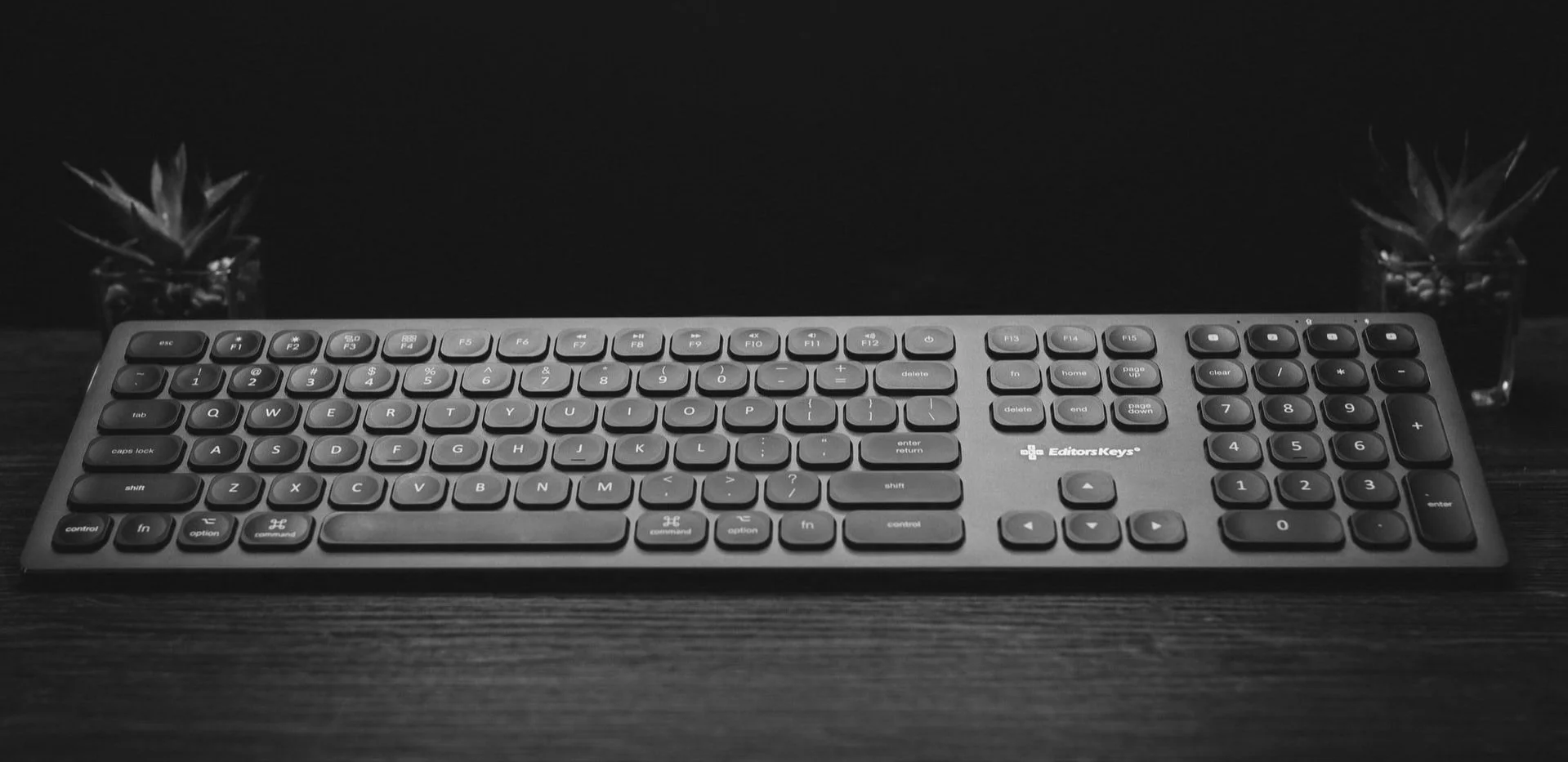Typing Time Away
As I entered a password for clocking into work, it occurred to me that I didn’t look down at the keyboard. Thanks to a mandatory class in middle school, I usually look up at the monitor while typing. Occasionally though, I still glance at the keyboard, especially when typing passwords. This led me to wonder, “What are the lifetime costs of this seemingly innocuous habit?”
Suppose that compared to someone for whom typing a password is second nature, it takes half a second longer for a person who needs to look down at the keyboard. Half a second is not a long time, but if this website is accessed four times a day, five days a week, for a year, that adds up to 520 seconds or about 8.6 minutes. Again, not that much time but over 35 years, that’s 5 hours.
If you’re thinking to yourself, “So what? 5 hours is not that much time,” then I invite you to consider the problem from another angle: the attention costs. In his book Deep Work, Cal Newport makes a compelling case that the amount of attention we have in a given day is limited. Every time you redirect your focus, you use up some of the finite attention available to you that day. The more deeply we learn to perform a task, the less attention it requires. If we take the time to make something like typing a password automatic, it won’t require as much focus, and so we can save our attention for other, more important things. Plus, the time and attention it takes to master this new habit, almost certainly takes less than the amount wasted by allowing the inefficient habit to persist.
If you’re still thinking, “Even then, I don’t care,” I invite you to consider what happens to the above calculations when we apply them not to the typing of a single password but to the skill of typing as a whole. A quick internet search reveals that the average person types 3500 words a day at a speed of about 40 words per minute. That takes 87.5 minutes. If their speed were increased by just 5 words per minute to 45WPM, the daily time savings would be 9.7 minutes. That’s over 45.6 minutes per week, assuming a five day work week. Over 35 years, that’s over 61 days! Now for fun, what if they took the time to become what Typingpal.com calls “productive speed,” 60WPM? A savings of 29 minutes a day and 184 days over 35 years! That’s over half a year!
If you’re curious to learn how fast you type, you can take a test here. I was surprised to learn that my typing speed is only 43WPM. It was the end of a workday when I took the test, so my focus reserves were probably lower than normal. Nevertheless, now I’m eager to improve my typing skills so that I can put those few extra months gained toward more meaningful things than backtracking to fix typos.
This same sort of inefficiency can exist in other parts of our lives besides typing. This week, I invite you to consider:
Where in my life am I tolerating “slow typing skills,” performing a regular occurring task less efficiently than I could be? How much time and attention would I save this next year if I took the time to master this skill? How much time and attention would it take to master this skill?
And most importantly, what would I use the saved time and attention for?
God Bless,
Dan

